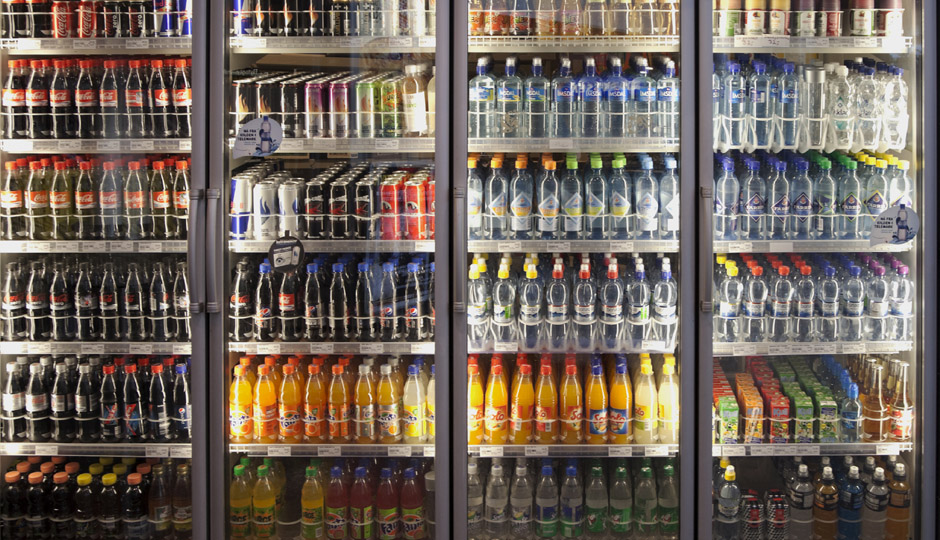OPINION: Philly’s Soda Tax Is Shaping Up to Be an Epic Flop
It’s been six months since the city’s soda tax (or, more accurately, the sugary beverage tax) was implemented — and it’s off to a rocky start.
The city is currently $20 million short of its projected $46 million goal to close out the 2017 fiscal year, and based on the most available month’s numbers, it doesn’t appear as though they will reach it.
But I’m not surprised by any of this. By the time last June when Mayor Kenney pulled a fast one on City Council to strike the deal, I had already warned about the consequences in lower-income communities.
The bottom line is simple: Sugary beverages can be found in abundance within the corner stores of poor neighborhoods that lack healthier options. For this tax to succeed, it would basically require already impoverished people to spend more for what is often the only viable beverage option in their food desert. (And let’s stop acting like poor people aren’t humans who can rightfully crave other things besides water and milk.) This tax was never geared toward improving health (because it never provided healthy alternatives for such neighborhoods) — it serves as a regressive way of garnering revenue for the city’s fund, universal pre-K, and other community endeavors.
So why is the soda tax not bringing in the the dough? It’s easy: Lower-income families know how to budget when it comes to things they simply can’t afford. A trip to an Aldi grocery store in West Philly last weekend showed me exactly how folks are fighting the tax. One family I spoke with, for example, is now buying beverages in bulk and going back to making powdered drinks like Kool-Aid and lemonade.
Although it’s called the soda tax and I’m not much of a soft-drink consumer, I’ve personally noticed that the juice-based drinks I buy have gone up a lot. This past Sunday, a bottle of Ocean Spray cranberry juice cocktail was being sold for $6 at CVS. Fortunately, I had a 30 percent discount credit on my CVS card, and I bought four bottles to take full advantage of the deal. The new policy at my house is that sugary drinks are bought only when they are on sale, and I often stock up when that day comes.
As the temperatures have soared, I’ve noticed near a few transit stops what appears to be a small black market in the works selling soda. Earlier this week, I purchased a 24-ounce can of Arizona iced tea for a dollar from a guy who was selling them in coolers in the back of his truck; across the street that same can was being sold for nearly double. As we get closer to the summer, I can only predict that more of these hustles will pop up.
Workarounds like this are definitely hurting the soda tax, and I don’t care — mainly because the Kenney administration never provided the city a plan B. When it comes to policies that are supposed to help underserved communities, the people who are part of them shouldn’t have to fork over most of the bill. I would have been more satisfied if this tax had been part of a larger program of budget cuts across the board. If the city has the money to help redo LOVE Park, it should also be able to invest in our children’s future and provide safer neighborhoods for them.
Otherwise, we appear to be hypocrites exploiting an ever-larger gap between the city’s have and have-nots. My fellow Ivy League friends and the Center City yuppies who advocated for the soda tax are health nuts who don’t even drink soda. The irony is that some of them now recognize the clear class conflict that this represents — if they (with higher incomes and employment) aren’t pouring their wages into buying soda, who is? For some, it’s almost a moral dilemma that they now feel some guilt over: “Tax my damn Fiji water,” a friend of mine working at City Hall says. “It’s a luxury I’m willing to pay to save the schools.”
The soda tax ultimately will fail because the city overestimated and underestimated at the same time. It overestimated the income it would receive from a change that noticeably affects people’s wallets. While an 1.5-cents-per-ounce rate seems low, the city wasn’t as straightforward about how distributors would adjust prices in light of the tax — that’s why we’re seeing 12-ounce cans sell for close to a dollar now. Second, the tax underestimated the budgeting ingenuity of lower-income consumers; growing up in a working-class family, one of the biggest lessons I learned is how to be thrifty.
Perhaps the administration should have learned more about its taxpayers before promising such a big yield.



